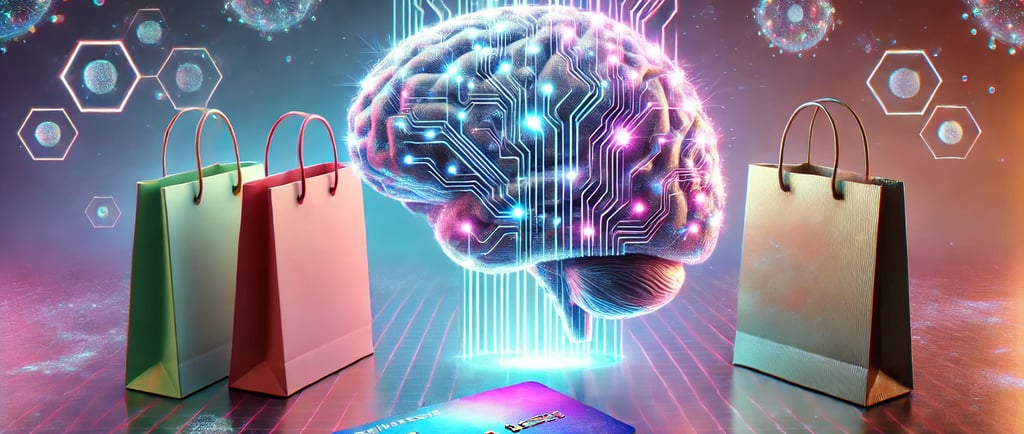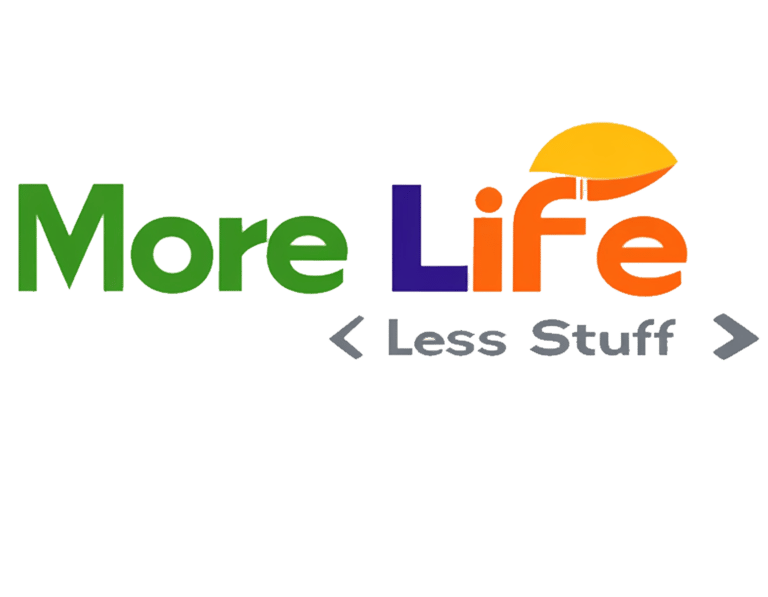The Battle Within: What Happens In Your Brain During Impulsive Shopping
Did you know that different areas of your brain literally compete with each other when you shop? Here's what happens in the brain during impulsive shopping.
NEUROSCIENCESHOPPINGDOPAMINE
Genya
11/20/20242 min read


Impulse shopping is a complex process driven by a mix of emotional, psychological, and neurological factors. Here's what happens in the brain during an impulse purchase:
1. Activation of the Reward System
Dopamine Surge: When you spot something you desire, your brain's reward system, primarily the ventral tegmental area (VTA) and the nucleus accumbens, becomes highly active. This triggers a release of dopamine, a neurotransmitter associated with pleasure and anticipation of rewards.
Anticipation vs. Ownership: The dopamine release often peaks during the anticipation of owning the item, making you feel excited or euphoric about the idea of acquiring it.
2. Emotional Influence
Amygdala Activation: The amygdala, a brain region tied to emotions, plays a role in creating an emotional connection to the item. For example, you might associate the product with happiness, confidence, or social status.
Stress Relief or Comfort Seeking: In some cases, impulse shopping is a response to negative emotions like stress or sadness. The brain perceives the act of shopping as a way to alleviate discomfort.
3. Decision-Making and Self-Control
Weakened Prefrontal Cortex Activity: The prefrontal cortex, responsible for rational thinking and self-control, may become less active during impulse shopping. This makes it harder to evaluate whether the purchase is necessary or aligns with your long-term goals.
Cognitive Overload: Retailers often use marketing tactics (e.g., limited-time offers or flashy displays) to create a sense of urgency, overloading your prefrontal cortex and making impulse decisions more likely.
4. Learning and Habit Formation
Positive Reinforcement: After the purchase, if the experience feels rewarding, the brain reinforces this behavior. Over time, impulse shopping can become a habitual response to triggers like boredom, stress, or even specific environmental cues (e.g., a sale sign).
5. Post-Purchase Reflection
Buyer's Remorse: After the dopamine high fades, the insula, which processes feelings of guilt or regret, may become active if the purchase doesn't align with your values or financial goals. This is especially true for people trying to practice conscious consumerism or minimalism.
Impulse shopping is a tug-of-war between the brain's reward and emotional systems (seeking instant gratification) and the rational decision-making areas (focused on long-term goals). Retail environments exploit this imbalance by designing stimuli that amplify the brain's desire for quick rewards, making it difficult to resist.
